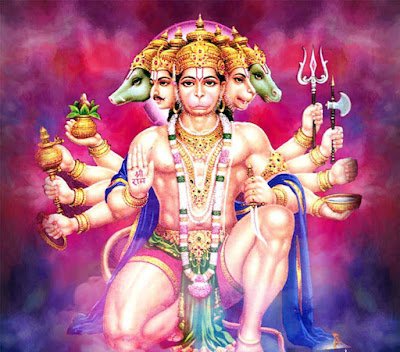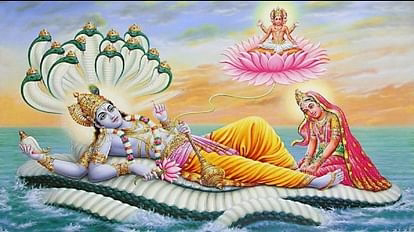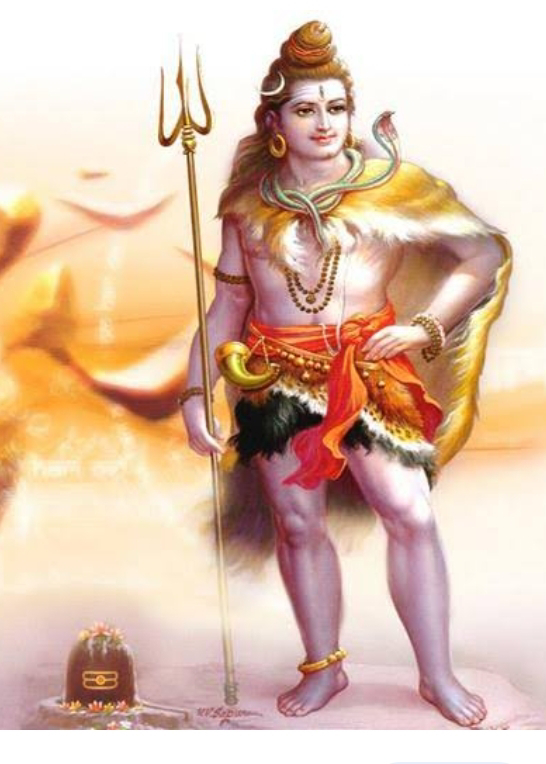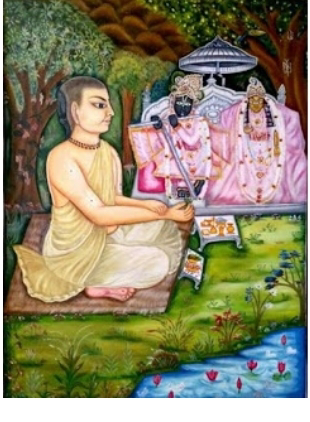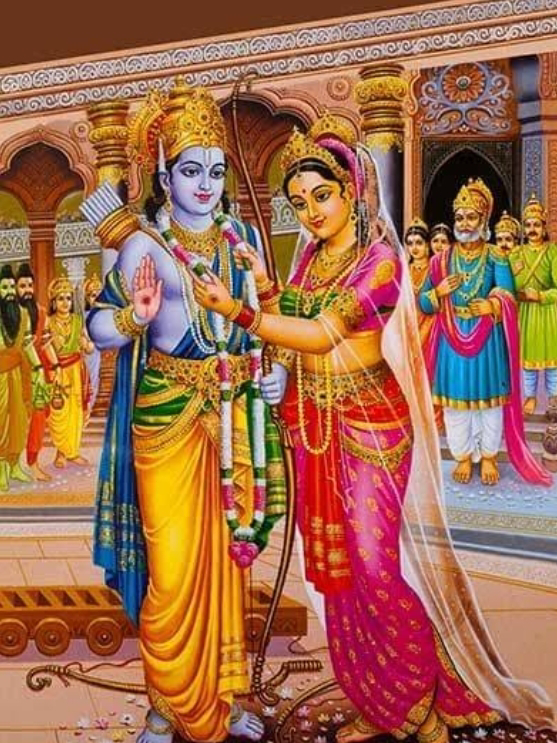What is the story of Badrinath temple ?
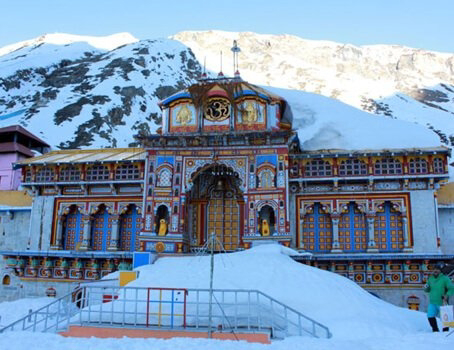
The Badrinath temple is an ancient Hindu temple located in the Chamoli district of Uttarakhand, India. It is one of the most important pilgrimage sites for Hindus, particularly those following the Vaishnavism tradition. The temple is dedicated to Lord Vishnu, specifically in his Badrinath avatar. According to the Hindu mythology, the temple's history dates back to the time of the great Hindu philosopher Adi Shankaracharya, who is believed to have established the temple in the 9th century. He was instrumental in reviving and promoting Hinduism during a period of philosophical and religious upheaval in India. The legend associated with the temple goes like this: Lord Vishnu was performing penance in the form of meditation in the Badri Van (Badri forest) to atone for some past deeds. To shield him from the harsh weather, Goddess Lakshmi, his consort, took the form of a Badri tree (Indian Jujube). Impressed by his devotion and the sacrifice of Goddess Lakshmi, Lord Vishnu granted a boo...

